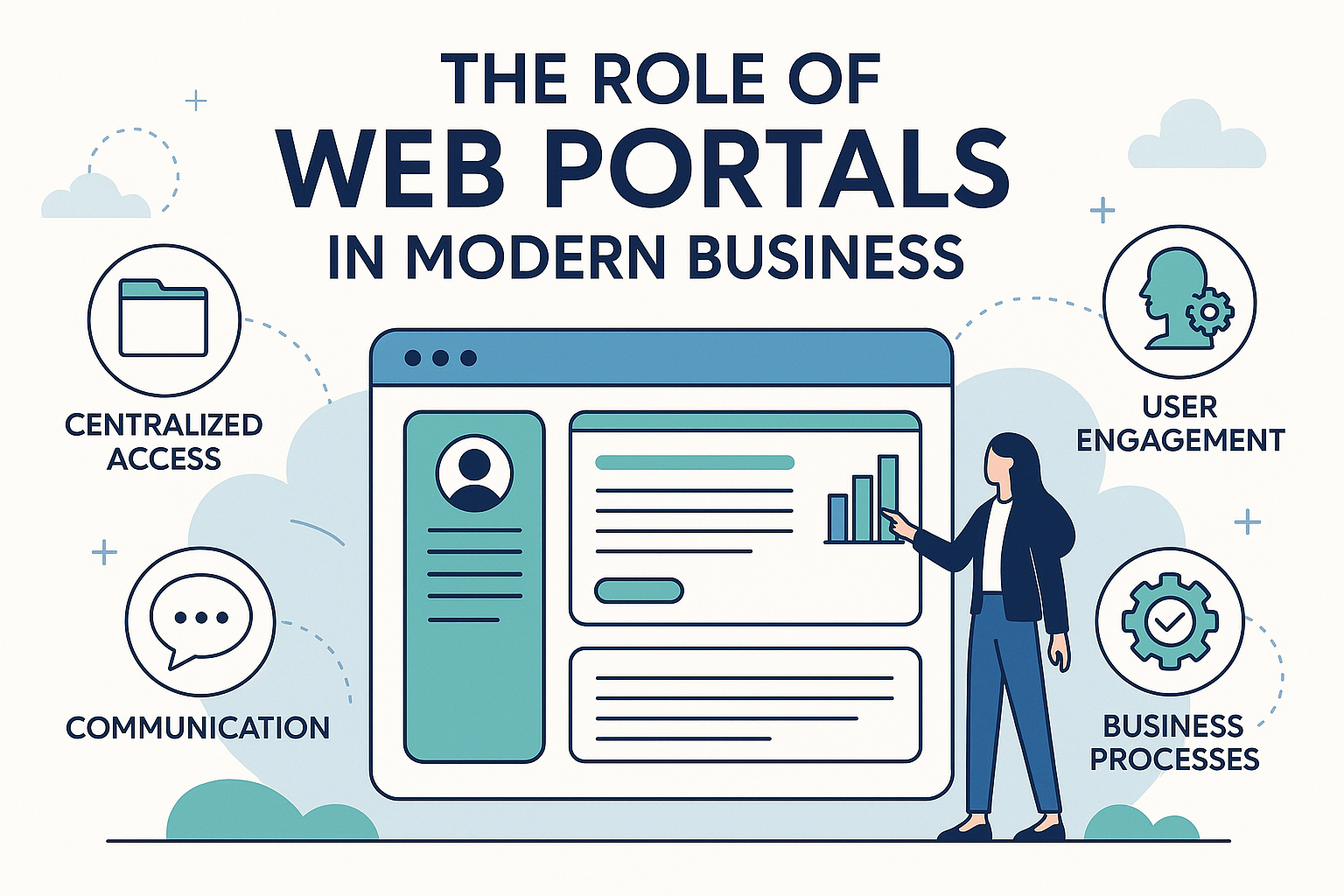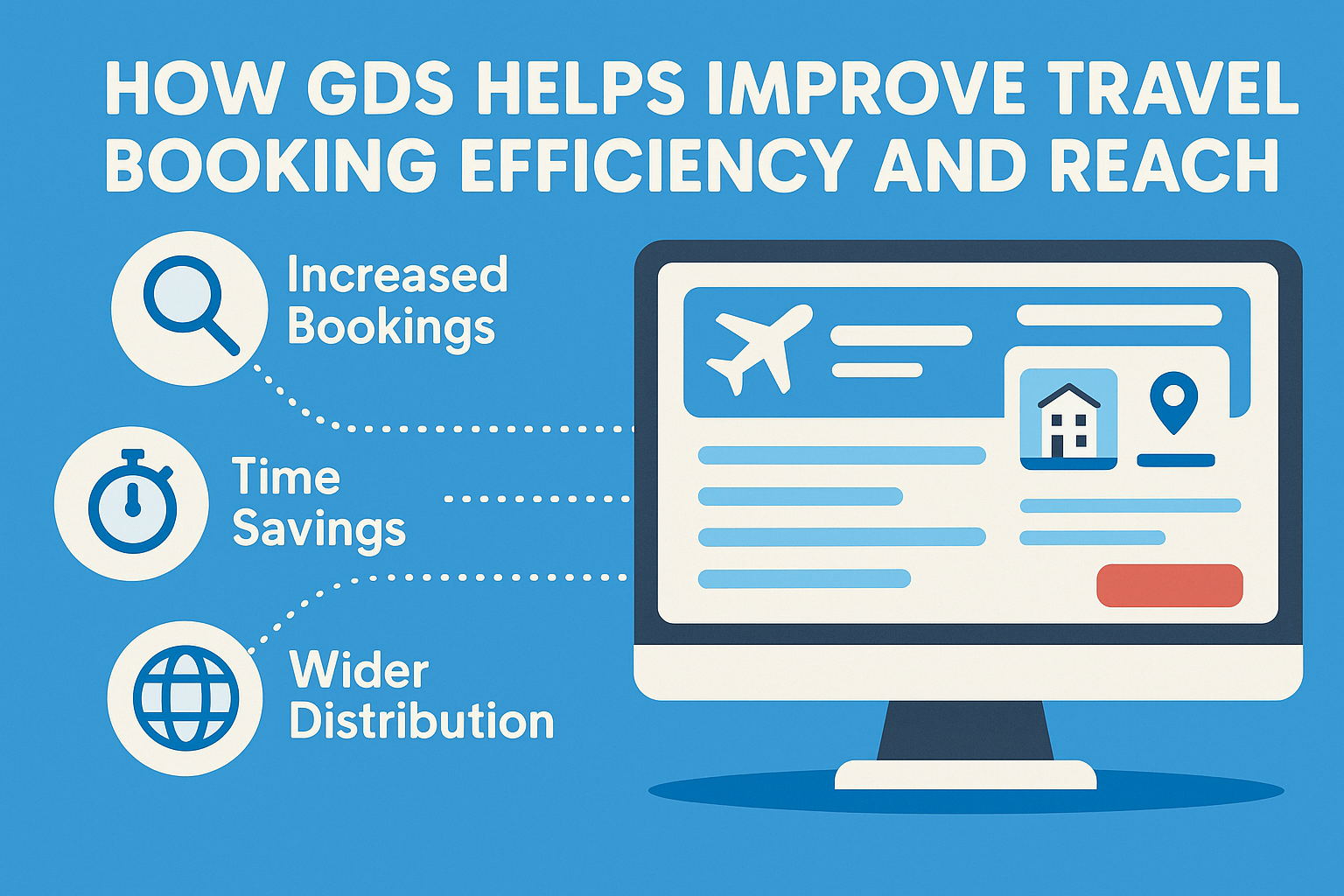You’ve come up with a promising SaaS idea, and the excitement to start building is real. But before you move into planning, wireframing, or even thinking about SaaS MVP development, there’s one step that’s too important to overlook: validation.
Validating your idea means making sure it solves a real problem for real users and that they’re willing to pay for the solution. It’s the step that helps you avoid building something people don’t need, saving you time, money, and a lot of frustration down the line.
What Does Validating a SaaS Product Mean?
In simple terms, validating your SaaS idea means confirming that the problem you want to solve actually exists and that people care enough about it to pay for a solution. It’s not about guesswork or gut feelings. It’s about gathering feedback and data that says, “Yes, this is worth building.”
The goal is to make informed decisions, not emotional ones. When you validate an idea, you’re laying the groundwork for everything that follows.
Validation vs. MVP: What's the Difference?
Let’s clear up a common confusion: validation and MVP are not the same thing.
Validation happens before you start building. It’s about testing your idea to see if it has potential.
An MVP (Minimum Viable Product) is a stripped-down version of your product you build after validation to see how users interact with it in real life.
Think of validation as the green light that tells you it’s worth moving forward. The MVP comes next.
Key Steps to Validate Your SaaS Product Idea
1. Define the Core Problem You’re Solving
Start by getting super clear on the problem. What’s the real frustration or challenge people are dealing with? Is it costing them time, money, or productivity? The more specific you can be, the better.You can’t build a solution people care about if you don’t understand the pain they’re feeling..
2. Identify Your Target Audience
Who exactly are you building this for? Define your ideal users with details like job role, age, goals, frustrations, and tools they currently use. These personas help you stay focused on solving problems that matter to real people not just hypothetical users.Not all users are the same. Some may feel the pain more intensely than others.
3. Conduct Market Research
Don’t build in a vacuum. Take a close look at what your competitors are doing. What do their users love? What do they complain about? This research helps you understand where you can offer something better or different.Every product has weaknesses. Maybe the UX is clunky. Maybe it’s too expensive.
4. Talk to Real Users
Reach out to potential users and have real conversations. Ask them about their workflow, frustrations, and what they wish they had. These interviews are full of insights you can’t get from data alone.Want to reach more people at once? Create a short survey to learn about their needs, habits, and interest in your idea. Keep it simple no one wants to fill out a 30-question quiz.
5. Build a Landing Page or Smoke Test
Create a simple landing page that explains your product’s big promise what problem it solves, who it’s for, and why it’s better. Add some visuals and a clear CTA like “Join the waitlist” or “Get early access.”Track how people interact with the page. Are they signing up? Are they clicking to learn more? These small signals can reveal big insights about what’s resonating (and what’s not).
6. Launch a Pre-Order or Waitlist Campaign
Want to know if your idea has legs? Ask people to pre-order or put down a deposit. When people are willing to pay before the product exists, it’s one of the strongest signals of real demand.Build a waitlist of people who want to be notified when you launch. These are your early fans and future beta testers. You’ll want to keep them close as you move into development.
Tools and Platforms to Help with Idea Validation
You don’t need to code anything to validate your idea. These tools can help you move fast without building from scratch:
Carrd and Webflow – Great for creating quick landing pages without touching code.
Typeform and Google Forms – Perfect for sending out surveys and collecting feedback easily.
Maze and UserTesting – Run usability tests or get feedback on prototypes before you build.
Conclusion
Validating your SaaS idea isn’t just a checkbox to tick off before development it’s a critical investment in your product’s future. In a landscape full of apps and platforms, launching without validation is like shooting in the dark. When you take the time to validate your idea, you’re not just building with confidence you’re building with purpose.
Through early validation, you gain clarity on who your users are, what they truly need, and how your product can fit into their lives. It helps you test assumptions, refine your value proposition, and uncover any blind spots before real money and effort go into development. Whether you're conducting interviews, launching a landing page, or running a pre-order campaign, every small step offers valuable data that shapes your direction.




Write a comment ...